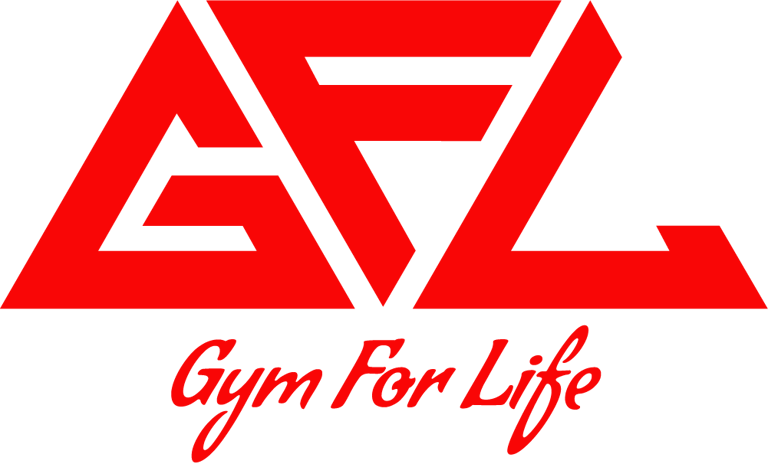the best resource to reach your fitness goals - join our community
Top Abdominal Exercises
Looking for those coveted abs? Building a strong, defined core requires more than just endless crunches. It demands a strategic approach with exercises that target all areas of the abdominal muscles.
The most effective ab workouts combine compound movements like planks and deadbugs with isolation exercises such as bicycle crunches and Russian twists, typically performing 3-4 sets of 8-15 repetitions with proper form. Consistency is crucial - training the core 2-3 times weekly allows for adequate recovery while promoting steady progress.
Understanding proper technique is essential for both maximizing results and preventing injury. The following exercises have proven effective across fitness levels, with modifications available to make them more challenging as strength develops.
Consistency and Progression
Abdominal muscles respond best to regular training. Aim to work your abs 3-4 times per week, allowing at least 24-48 hours of recovery between intense sessions.
Track your workouts to ensure progressive overload. This might mean adding one extra repetition each session or increasing time under tension by slowing down movements.
Achieving visible and functional abdominal strength requires more than just performing the right exercises. Proper technique, consistent training, and thoughtful workout design significantly impact results.
Progressive Overload Examples:
Week 1: 3 sets of 12 crunches
Week 2: 3 sets of 15 crunches
Week 3: 3 sets of 12 crunches with 5-second holds
Incorporate resistance gradually. Once bodyweight exercises become easy, add resistance bands, weighted plates, or medicine balls to increase difficulty.
Remember that nutrition plays a crucial role. Even the most effective ab routine won't reveal definition without proper dietary habits to reduce body fat percentage.
Crunches
Lie on your back with knees bent and feet flat on the floor, hip-width apart. Place your hands lightly behind your head with elbows pointing outward. Avoid pulling on your neck – your hands should only provide light support.
Engage your core by drawing your navel toward your spine. Exhale as you lift your shoulders and upper back off the floor, focusing on bringing your ribs toward your pelvis.
Keep your lower back pressed into the floor throughout the movement. This prevents strain and ensures proper activation of the rectus abdominis.
Hold at the top for 1-2 seconds, then inhale while slowly lowering back down. Perform 3 sets of 12-15 repetitions with controlled movement rather than speed.
Rep tempo guidelines:
Lowering phase: 2-3 seconds
Brief pause at bottom: 1 second
Raising phase: 1-2 seconds
Brief hold at top: 1-2 seconds
Rep ranges:
Beginner - 3 sets of 8-12 reps
Moderate - 3 sets of 12-15 reps
Advanced - 3 sets of 20-30 reps
Planks
The plank is a fundamental isometric exercise that strengthens the entire core while engaging multiple muscle groups simultaneously. It requires no equipment and can be performed anywhere, making it an essential addition to any bodyweight training routine.
Instructions for Proper Plank Form
Start by positioning yourself face down on the floor. Place your forearms parallel on the ground with elbows directly beneath your shoulders, about shoulder-width apart.
Extend your legs behind you with toes tucked under. Lift your body off the ground, creating a straight line from head to heels.
Engage your core by drawing your navel toward your spine. Squeeze your glutes and quadriceps to maintain proper alignment.
Keep your neck neutral by looking at a spot on the floor about a foot beyond your hands. Avoid dropping your head or lifting it too high.
Common mistakes include sagging hips, elevated buttocks, and forgetting to breathe. Remember to maintain normal breathing throughout the exercise.
Plank Variations for Progression
Standard Variations:
Side plank: Balance on one forearm with feet stacked, creating a straight line from head to feet
High plank: Hold the top position of a push-up with arms extended
Single-leg plank: Raise one leg 6-8 inches off the ground while maintaining form
Dynamic Variations:
Plank shoulder taps: From high plank position, alternately touch each hand to the opposite shoulder
Plank up-downs: Transition between high and forearm plank positions
Advanced Options:
Unstable surface planks: Place forearms or feet on a stability ball
Weighted planks: Ask a partner to place a weight plate on your back
Rocking planks: Shift body slightly forward and backward while maintaining core tension
Rep ranges:
Beginner - 3 sets of 30 second holds
Moderate - 3 sets of 30-60 second holds
Advanced - 3 sets of 60-90 second holds
For optimal results, include planks in your routine 2-3 times per week, allowing at least 48 hours for core muscle recovery between intense sessions.
Leg Raises
Lie flat on your back with legs extended and arms at your sides, palms down for stability. Press your lower back firmly into the floor to protect your spine.
Engage your core muscles before initiating the movement. Slowly raise your legs until they form a 90-degree angle with the floor, keeping them straight.
Control is crucial – avoid using momentum to swing your legs up. If maintaining straight legs is too challenging, begin with bent knees until strength improves.
Lower your legs slowly toward the floor without allowing them to touch between repetitions. Stop the downward movement when your heels are 2-3 inches from the ground.
Perform 3 sets of 10-12 repetitions with a 2-second hold at the top position. Rest 60 seconds between sets to maintain proper form throughout.
Rep tempo guidelines:
Lowering phase: 2-3 seconds
Brief pause at bottom: 1 second
Lifting phase: 1-2 seconds
Brief hold at top: 2 seconds
Rep ranges:
Beginner - 3 sets of 6-10 reps
Moderate - 3 sets of 10-12 reps
Advanced - 3 sets of 15-20 reps


